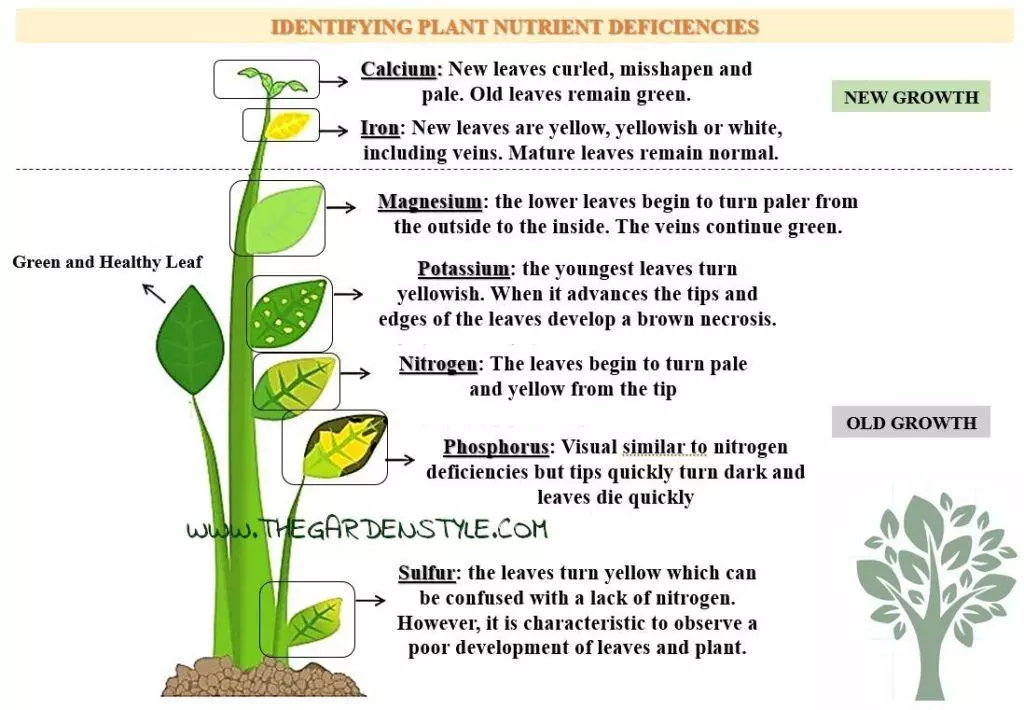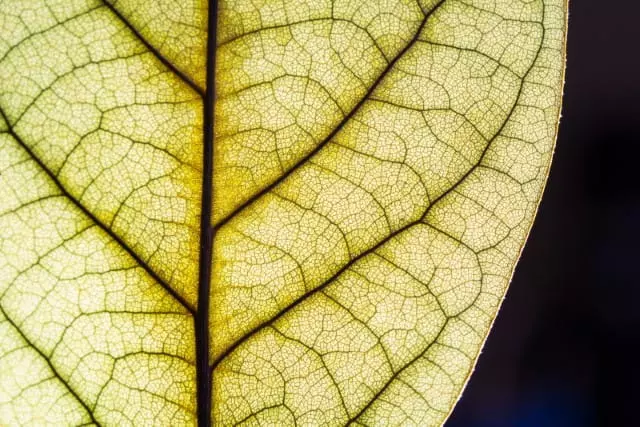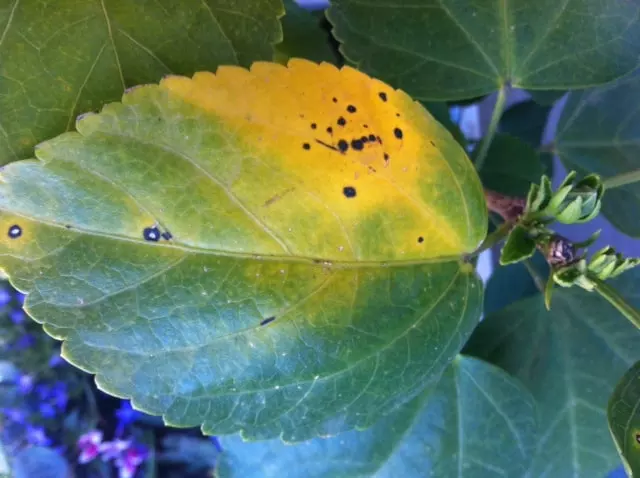Surely it must have happened to you that you do not know what happens to your plant that does not look healthy and the leaves are damaged. Learn all about Nutrient Deficiency in Plants. Here is our Plant Deficiency Guide.
Table of Contents
What Happens to my Plant? When is it Necessary to Fertilize?
What Happens to my Plant? When is it Necessary to Fertilize? Not always possible to have soil that is easy to handle or that has the essential nutrients for the plants to complete their life cycle, there is the opportunity of working it so that it is in satisfactory conditions for cultivation and gardening.
A nutrient deficiency in plants can be caused by a variety of reasons, such as a lack of crop rotation that ends up depleting nutrients, incorrect fertilization, water that changes the wrong pH for the crop, poor soil pH management, incorrect soil pH correction, or high concentrations of certain elements that end up chemically drying out plant nutrients at the soil level.
Nutrient deficiency in plants causes erratic growth, yellowing or browning of leaves, increases susceptibility to plant diseases, and can easily lead to plant death if not corrected in time.
Through the fertilization process, it’s easy and possible to add or replace the plant nutrients to the soil as needed, since they are crucial chemical elements for the growth and development of our plants.
However, the situations that always arise are:
1 – How to recognize or realize that the soil needs improvement?
2 – What happens to my plant? Why do the leaves look deteriorated?
3 – When is it necessary to fertilize?
Why Plant Leaves Turning Yellow
There can be several reasons why plant leaves turn yellow, and it is often necessary to know the plant species to make a proper diagnosis.
However, the most frequent cause of yellow leaves in plants is due to nutrient deficiency of some of the minerals necessary for plants.
Taking into account the factors discussed throughout the article that can cause a soil poor in certain minerals, and also a plant that throughout its life cycle may have different nutritional requirements, (for example, when flowering). So, when the presence of yellow leaves is observed in spring it is probably due to a nutrient deficiency of iron, nitrogen, phosphorus, and/or sulfur.
Read on for differences in each nutrient deficiency in plants in the following paragraphs and arrive at the proper diagnosis.
Visual Guide to Nutrient Deficiency in Plants
The answer to these questions is usually in the plants themselves and is easy to understand with this helpful visual guide.
By observing the plant and using our visual guide below, you will understand nutrient deficiency in plants, when the soil needs fertilization, and identify the plant nutrient required as a plant nutrition supplement.
The Visual Guide below helps to identify plant nutrient deficiency/deficiencies.

Plant Deficiency Guide
Use this visual plant deficiency guide to better understand nutrient deficiency in plants.
For example, Calcium and Iron deficiencies are detected in the new leaves, instead of the older leaves of the plant.
Calcium: Calcium deficiency in plants causes new leaves to curl, misshapen, and pale. Old leaves remain green.
Iron: An iron deficiency in plants causes new leaves to be yellow, yellowish, or white, including veins, while mature leaves remain normal.
For example, nutrient deficiencies of Magnesium, Potassium, Nitrogen, Phosphorus, and Sulfur are detected in the old leaves of the plant.
Magnesium: The lower leaves of the plant begin to turn paler from the outside to the inside due to the lack of magnesium. The veins continue green.
Potassium: The youngest leaves turn yellowish when exists a deficiency of potassium in the plant. When it advances the tips and edges of the leaves develop brown necrosis.
Nitrogen: A lack of nitrogen cause leaves to begin to turn pale and yellow from the tip.
Phosphorus: Visual similar to nitrogen, nutrient deficiencies in plants caused by the lack of phosphorus show a characteristic in leaves that quickly turn dark and leaves die quickly.
Sulfur: Sulfur deficiency in plants causes the leaves to turn yellow which can be confused with a lack of nitrogen. However, it is characteristic to observe the poor development of leaves and plants.
To solve a nutrient deficiency in plants caused by a lack of nutrients in the soil a wide variety of options are presented as fertilizers. Solving this is a good way to correct the lack of nutrients in the soil and ensure that the plants grow healthy.
Just to mention a few ways to replace and add the plant nutrients to the soil, here are some fertilizers: hummus, organic and not-organic mineral fertilizers, mineral nutrients, liquid organic fertilizer, etc.
A few articles related to nutrient deficiency in plants
Yellow Leaves on Orange Tree – How to Fix
Yellow Leaves on Bamboo – How to Fix Yellow Leaves
Yellow Leaves on Roses – How to Solve
Yellow Leaves on Hydrangea – How to Fix
Yellow Leaves on Tomato Plants: Causes & Treatments
Nutrient deficiency in plants pictures related to these articles


